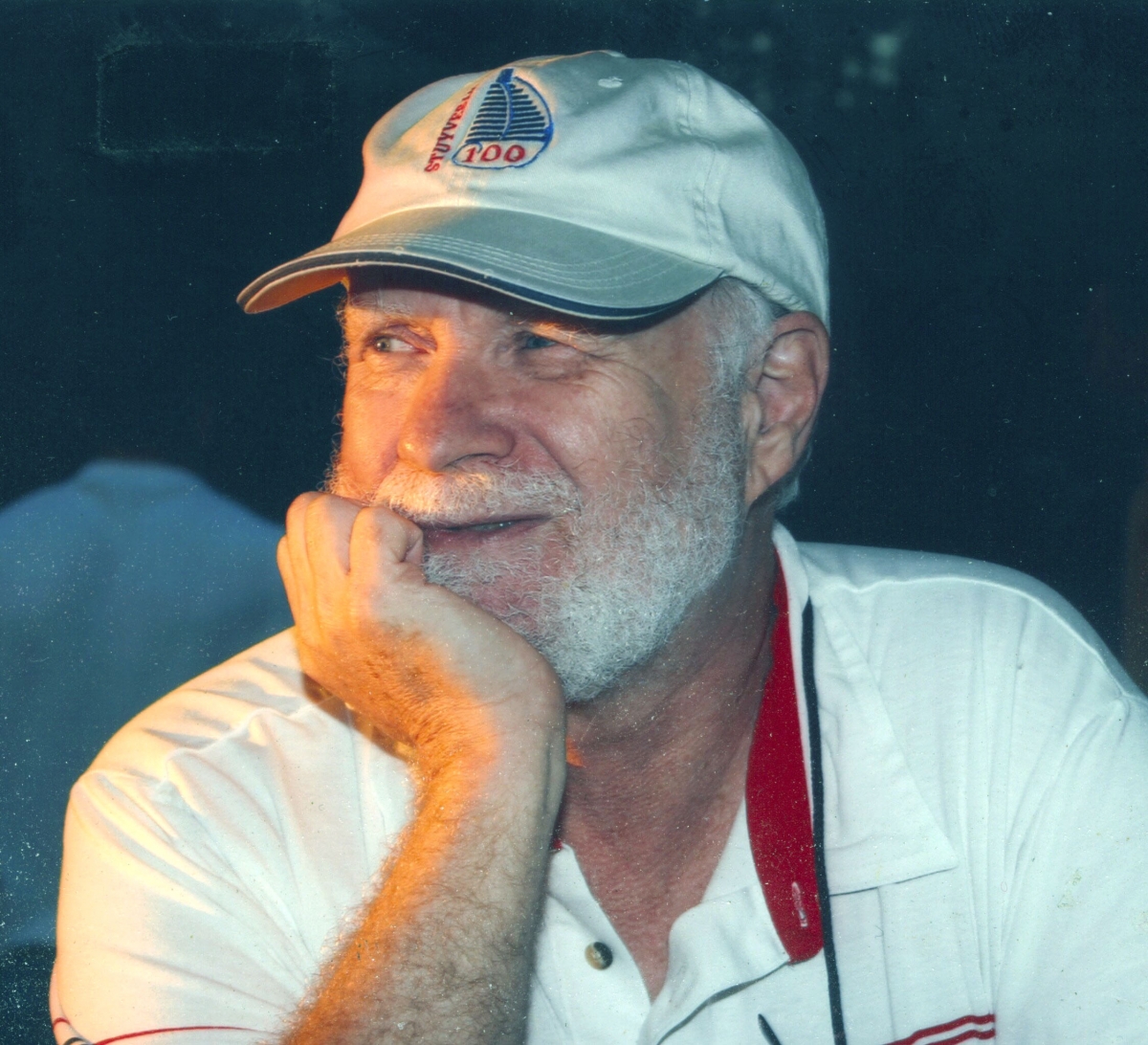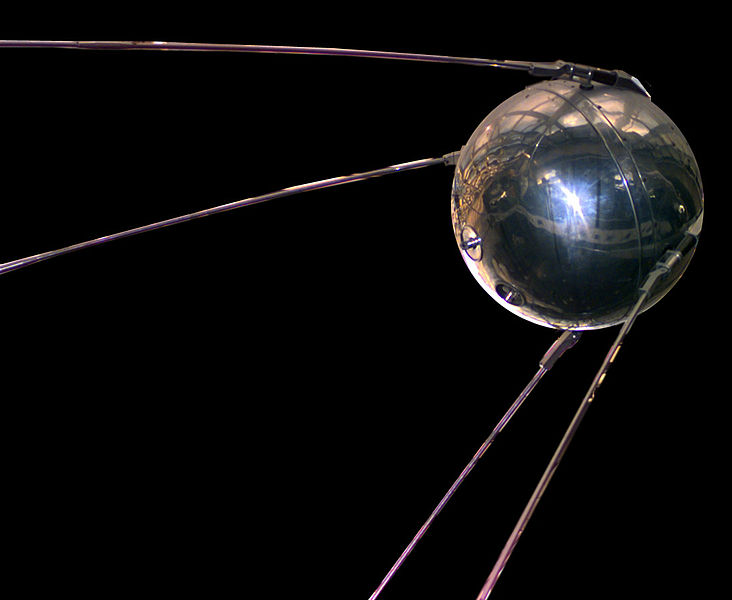External Influences on U.S. Undergraduate Mathematics Curricula: 1950-2000 - Applications and Modeling Courses
Applications and Modeling Courses
 |
|
Above, Solomon Garfunkel, founder of COMAP and co-author, with Lynn Steen, of For All Practical Purposes, in 2013 (Photo provided to MAA by Sol Garfunkel in 2013) Below, Walter Meyer, co-author with Joseph Malkevitch of Graphs, Models and Finite Mathematics, leader of the Cajori Two Project, and author of the present article, in 2013 (Photo provided to MAA by Walter Meyer in 2013) |
 |
The ultimate form in which the mathematical world can engage with the external world is to solve its problems and to teach students to do so as well. Although applied undergraduate mathematics courses were common in the late 19th century, by the middle of the 20th century there was considerably less emphasis on applications [43]. CUPM was not happy with this disregard of the external world. Between 1962 and 1972, CUPM issued seven reports [29, 30, 32-36] that recommended a change in this situation in the form of upper division modeling courses, courses where real-world problems would be confronted with what might be a varied set of mathematical tools. Despite the prestige of CUPM and the respected leaders who sat on it, the community was slow to respond to the calls issued as early as 1962. The first example we know of a modeling course in the upper division category was a course offered at Middlebury College by Michael Olinick in 1971. Also noteworthy was the Mathematics Clinic at Harvey Mudd College, starting up in 1973, but with roots in a seminar running in 1970-72. Maynard Thompson and Daniel Maki published an early influential modeling text in 1973 [27]. Finally, Henry Pollak, in “A History of the teaching of modeling” in [49], discussed possible influences from mathematical modeling clinics in England.
Applications outside upper division modeling courses
By Fall 2000, upper division mathematical modeling course enrollments had reached about 2000 students. Considering that the number of graduating mathematics majors in that era was about seven times as large, it does not seem as if upper division modeling courses were a big success. But the influence of the greater interest in applications went beyond upper division courses in modeling to include calculus reform, lower division courses in modeling, and lectures and discussions at professional meetings.
In the wake of upper division modeling courses, lower division modeling courses aimed at those not majoring in any of the sciences also arrived. Pioneers here were the COMAP volume For All Practical Purposes [16] and its forerunner Graphs, Models and Finite Mathematics [28]. These texts indicated a major new direction for “liberal arts math.” By Fall 2000, there were about 14,000 students enrolled in lower division mathematical modeling courses.
The temper of the times in our discipline is found not only in our courses. One can see it in professional mathematics meetings. Consider the programs of the 2007 and 2008 MathFest meeting of MAA. We attended and analyzed all invited hour addresses at these meetings with the intention of counting those that were mainly pure mathematics and those that were mainly applied mathematics. Our classification depended greatly on the speaker’s presentation of the motivation for the work, not merely whether some use could be made of it in the end. Some talks were hard to classify for one reason or another: some seemed irrelevant to the issue (e.g., the Leitzel lectures which concerned how mathematicians ought to behave and organize themselves, talks on history or pedagogy); some dealt with recreational mathematics, raising the question whether mathematics used for paper folding and other recreations really is applied mathematics; and two were hard to classify since they touched on pure and applied mathematics rather evenly. Table 1 shows how we classified the talks.
|
MAA MathFest Invited Addresses: Pure vs. Applied |
2007 |
2008 |
|
# Mostly pure |
2 |
1 |
|
# Mostly applied |
6 |
3 |
|
# Recreational but with no other evident applications |
1 |
4 |
|
# Pure and applied somewhat evenly |
1 (Hedrick #3) |
1 (Hedrick #2) |
|
# Other (history, organizational, pedagogical) |
3 |
2 |
|
# Total |
13 |
11 |
Table 1. Invited Hour Addresses at Mathfest 2007 and 2008
Clearly, applied mathematics was emphasized more than pure mathematics, and even more so if applying mathematics to recreations is considered applied mathematics.
Another example of how pervasive advocacy of applications became is the frequency with which applications were cited as a main objective of calculus reform. This will be discussed more fully later.
Influences leading to modeling and applications
Wanting to teach applications from a variety of other disciplines – especially in the high-profile form of a modeling course – is, to begin with, an example of interest in the world outside mathematics. But why did this interest in other disciplines not manifest itself in modeling courses earlier, say in 1920? The simple fact is that for much of the 20th century, if not before, there has been enough mathematics and enough applications to have made modeling courses with varied topics, including some outside the physical sciences, possible.
 |
|
Model of Sputnik 1, launched into space by the Soviet Union in 1957, National Air and Space Museum, Washington, D.C., U.S.A. (Photo source: NASA via Wikimedia Commons) |
One might suppose that the 1957 launching of Sputnik, the world’s first space satellite, by the Soviet Union would have been influential in unleashing interest in applications and modeling in the U.S. However, the two notable “applied” textbooks closest in time after Sputnik, Ben Noble’s 1966 Applied Linear Algebra and Garrett Birkhoff’s and Thomas Bartee’s Modern Applied Algebra, do not seem to have been influenced by Sputnik. These are not modeling textbooks, but according to WorldCat, they were the first two books in the 20th century to use the words “algebra” and “applied” (or a similar word) together in their titles. Although Birkhoff’s and Bartee’s text may not be suitable for undergraduates, it was followed by other undergraduate level applied algebra books which were, and it was surely a stimulus for these other authors. Nowadays one can find undergraduate courses with the title “Applied Algebra” (or similar) at diverse institutions, such as Harvard University, Saginaw Valley State University, University of Wyoming, Prescott College, and SUNY at Stony Brook. Noble’s book was conceived as an undergraduate text, as its preface makes clear, and, according to a later co-author, James Daniel, was definitely used for undergraduates as intended [9]. For more about the evolution of linear algebra, see [42].
Although there is no doubt that the Sputnik launch spurred an intense effort by the U.S. to catch up with and surpass Soviet space technology, we have had considerable interaction with authors Noble and with Bartee by email, phone, and letter and Sputnik never came up. Noble’s interest in applied linear algebra dates to his difficulty grasping an abstract linear algebra course he took as part of his graduate work at Cambridge University in 1946 and is well-described in the preface of [48]. Bartee’s interest in applications dates from the late 1940s when he worked on defense-related issues at the Firestone Corporation. There is no doubt that Sputnik had a huge influence on science and mathematics generally, raising levels of interest and funding, but we have seen no definite evidence of any specific immediate stimulus to applied mathematics in undergraduate teaching. However, it may well have contributed to a cumulative impact along with CUPM reports and other factors that were not, by themselves, immediately decisive.
The quantum leaps in mathematics represented by linear programming, applied combinatorics, and graph theory occurred decades before modeling courses arose to include them, so they also cannot be regarded as immediate causes of the development of modeling courses. Therefore, it is reasonable to hunt even further for the crucial spark that ignited the aforementioned accumulated pressures and brought modeling courses into existence. In [43] we argued that the following aspects of our environment in the 1970s and 1980s may have turned mathematics educators toward the uses of mathematics: difficulties new Ph.D.’s had in getting jobs; enrollment declines of mathematics majors, leading many to want more directly useful curricula; and the heady winds of experiment and change that were blowing through American society, and in particular the educational sector, during the late 1960s and the 1970s.